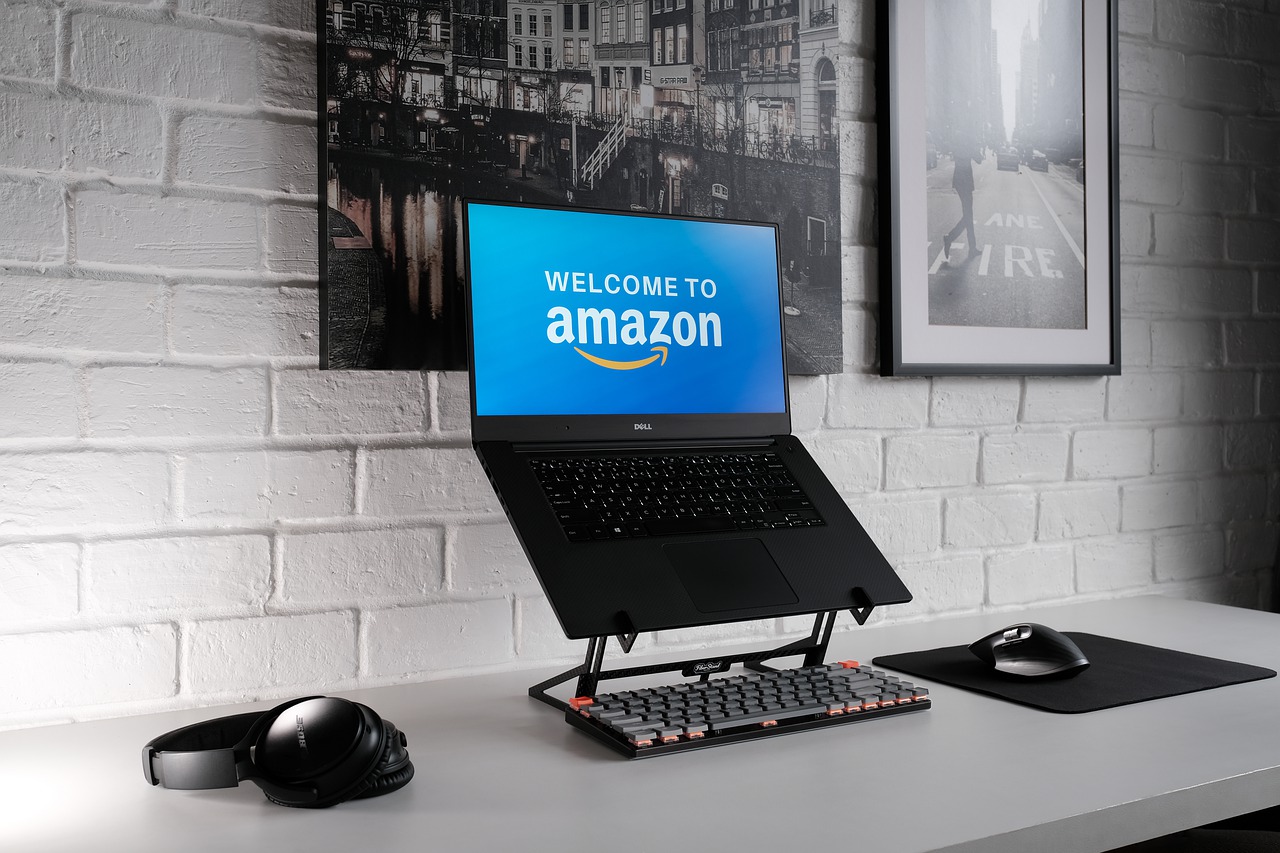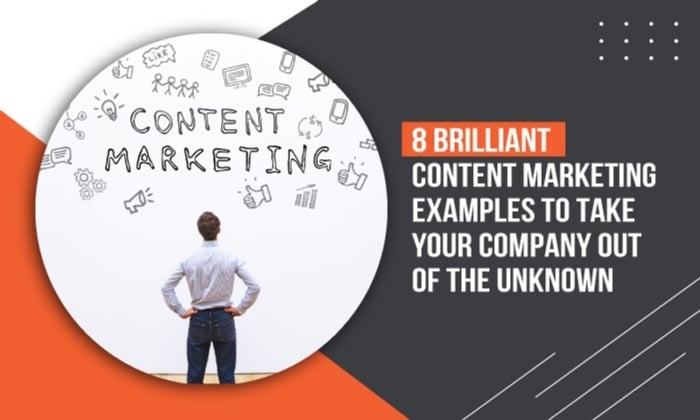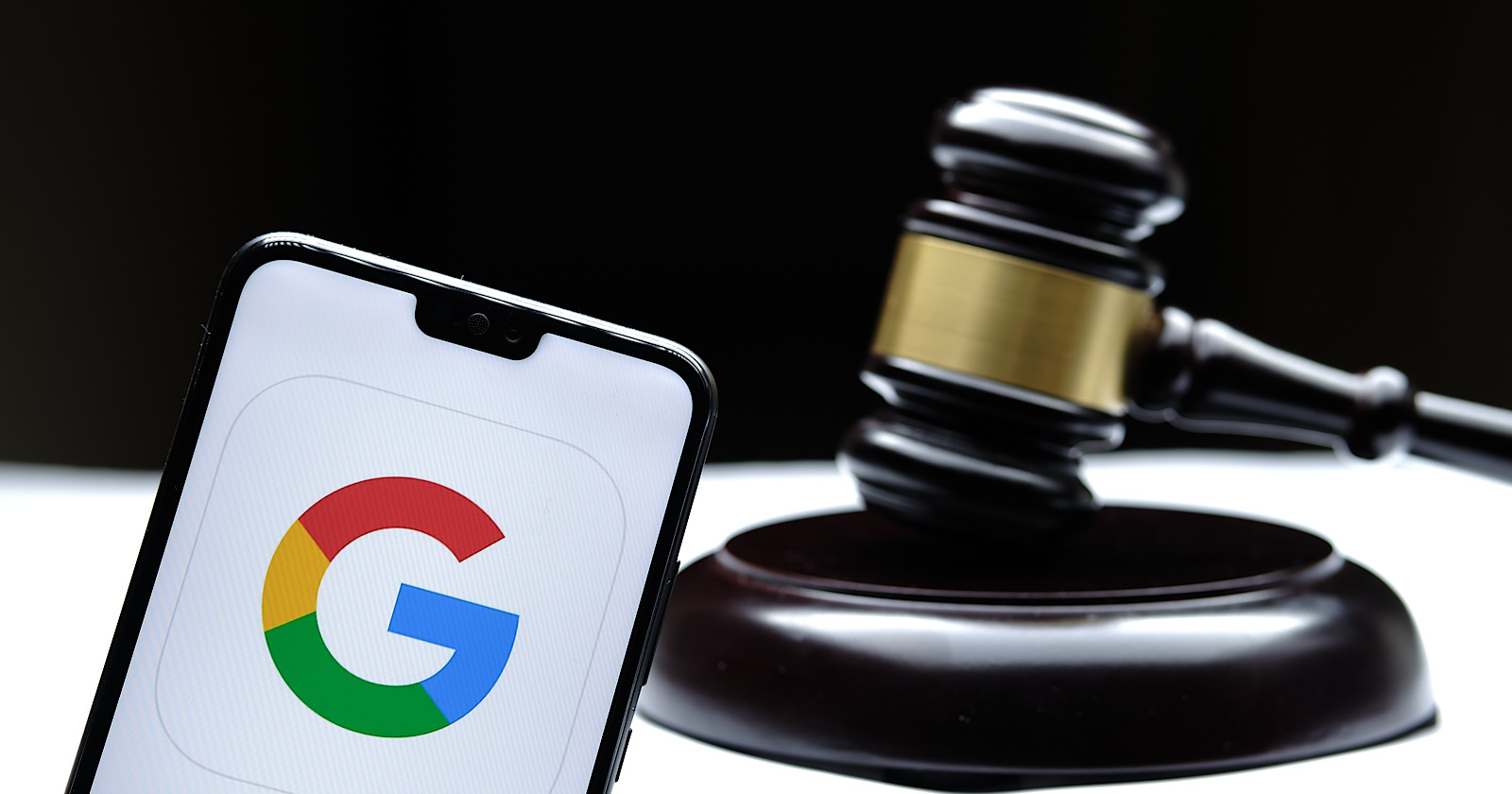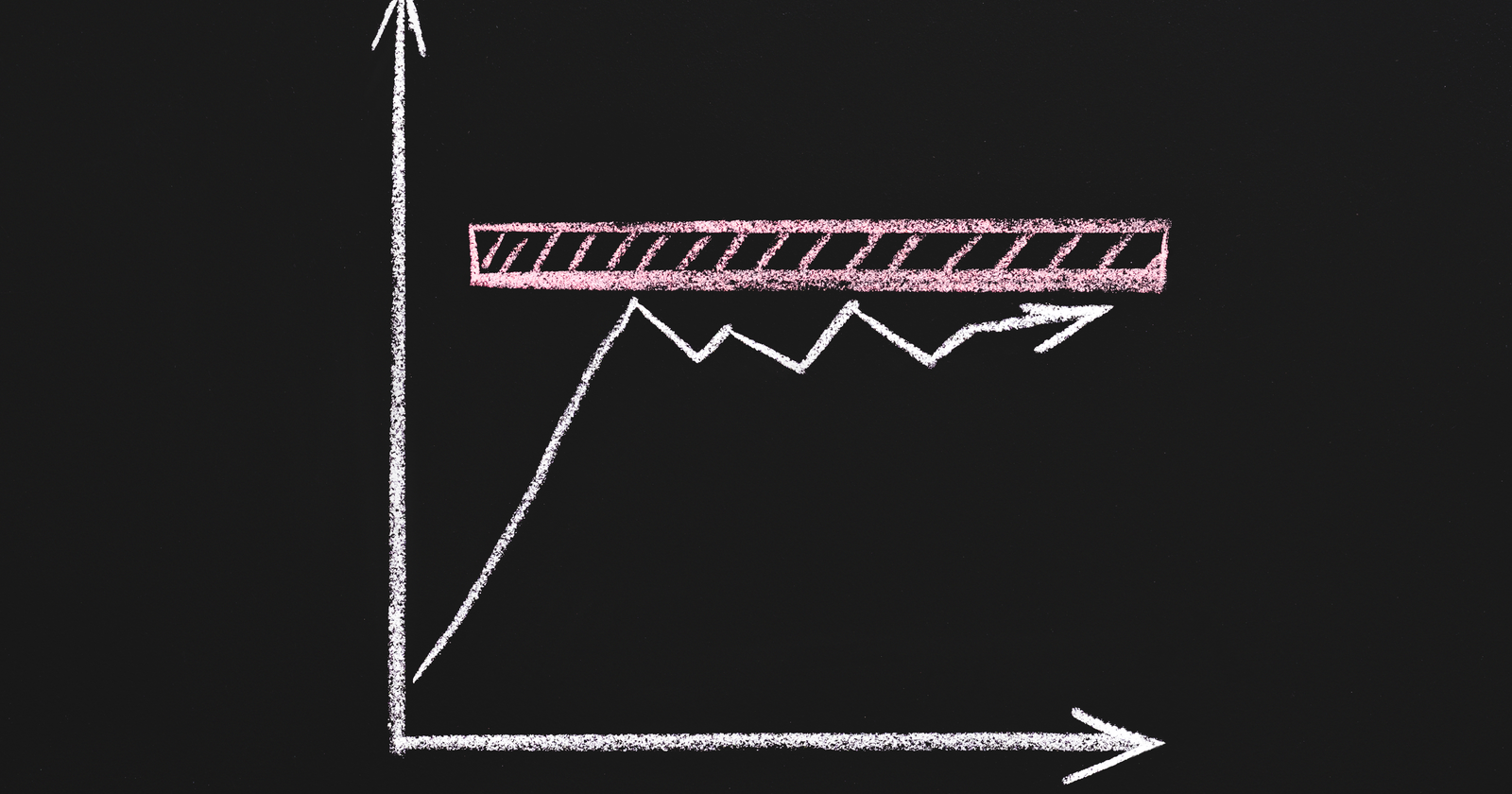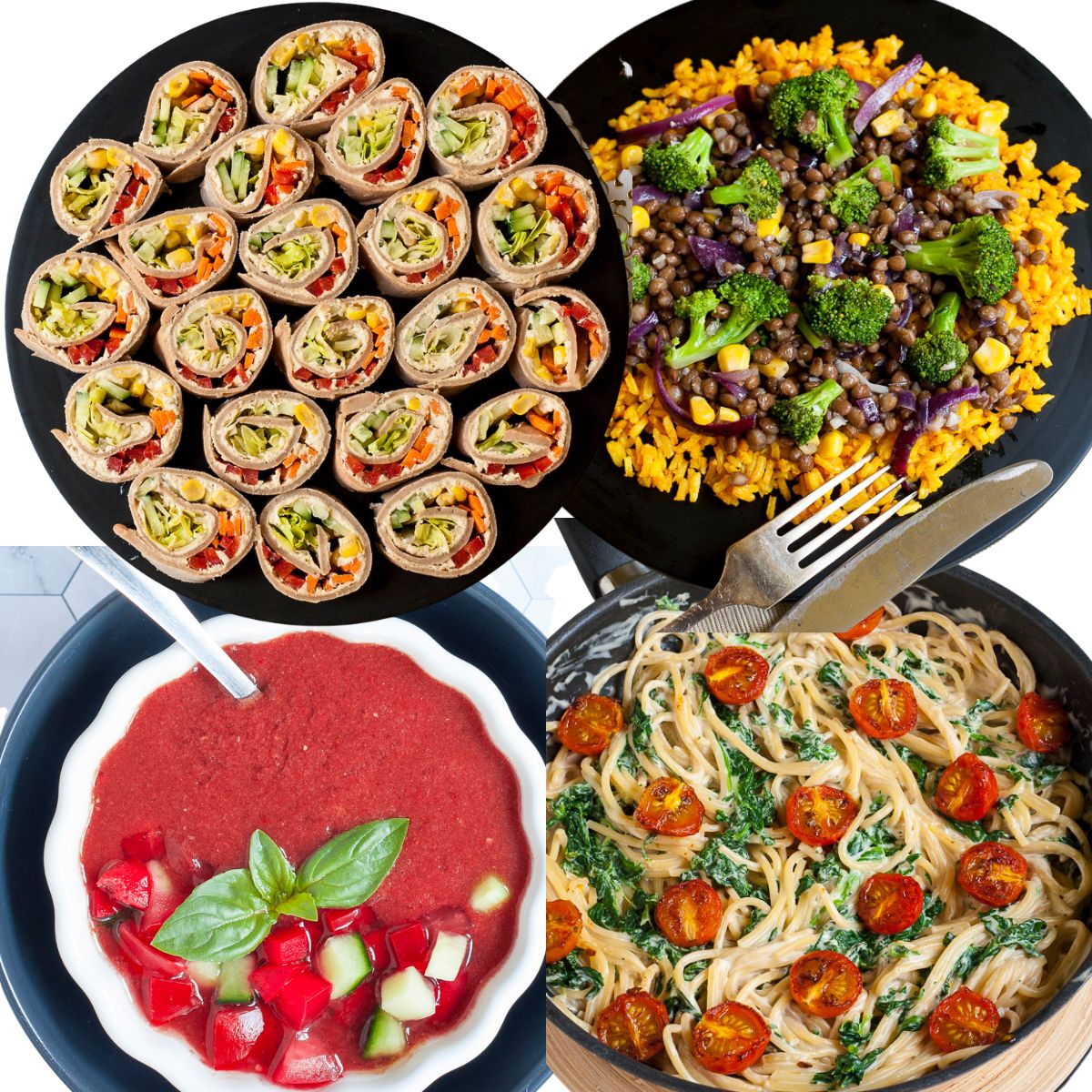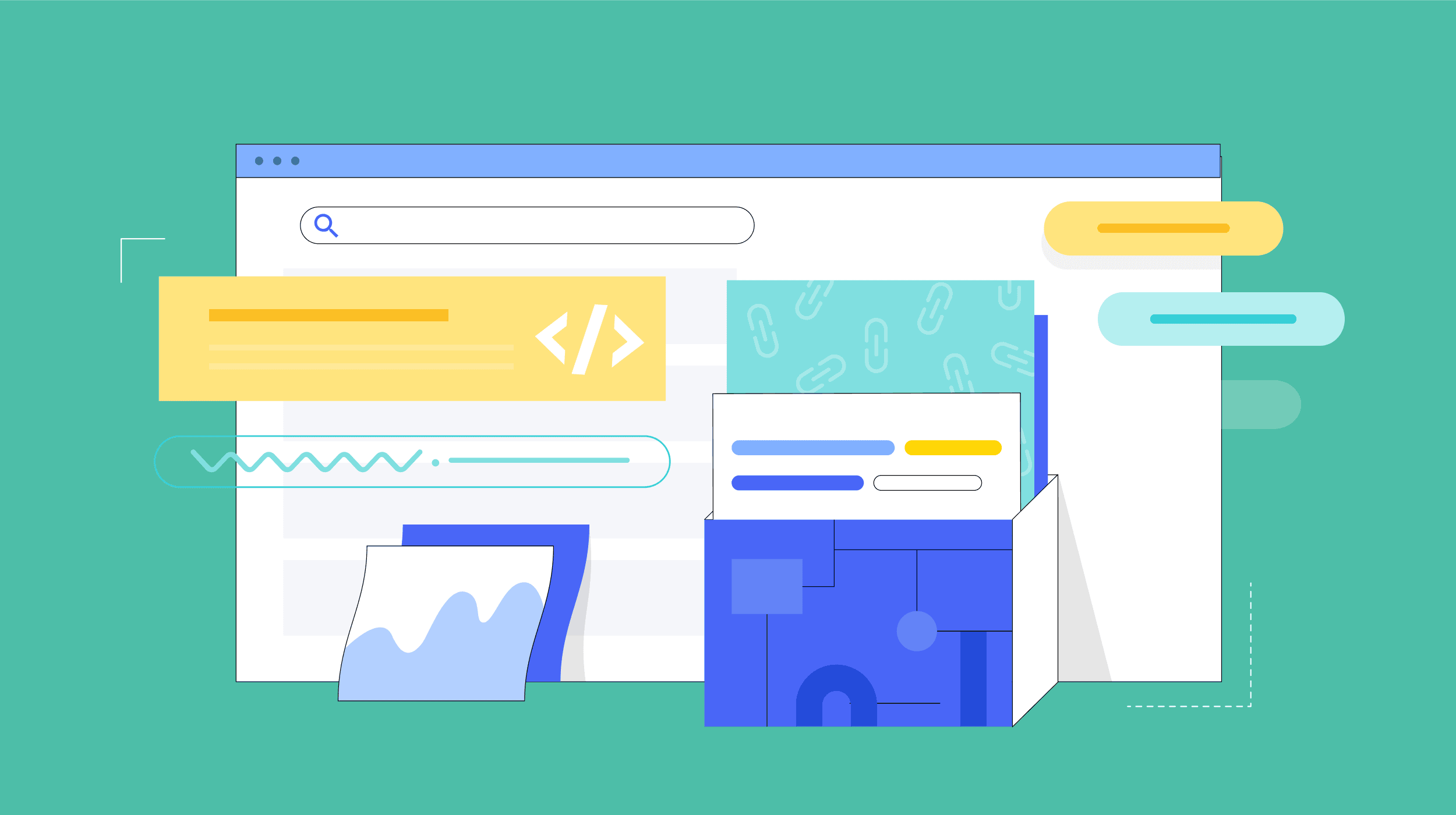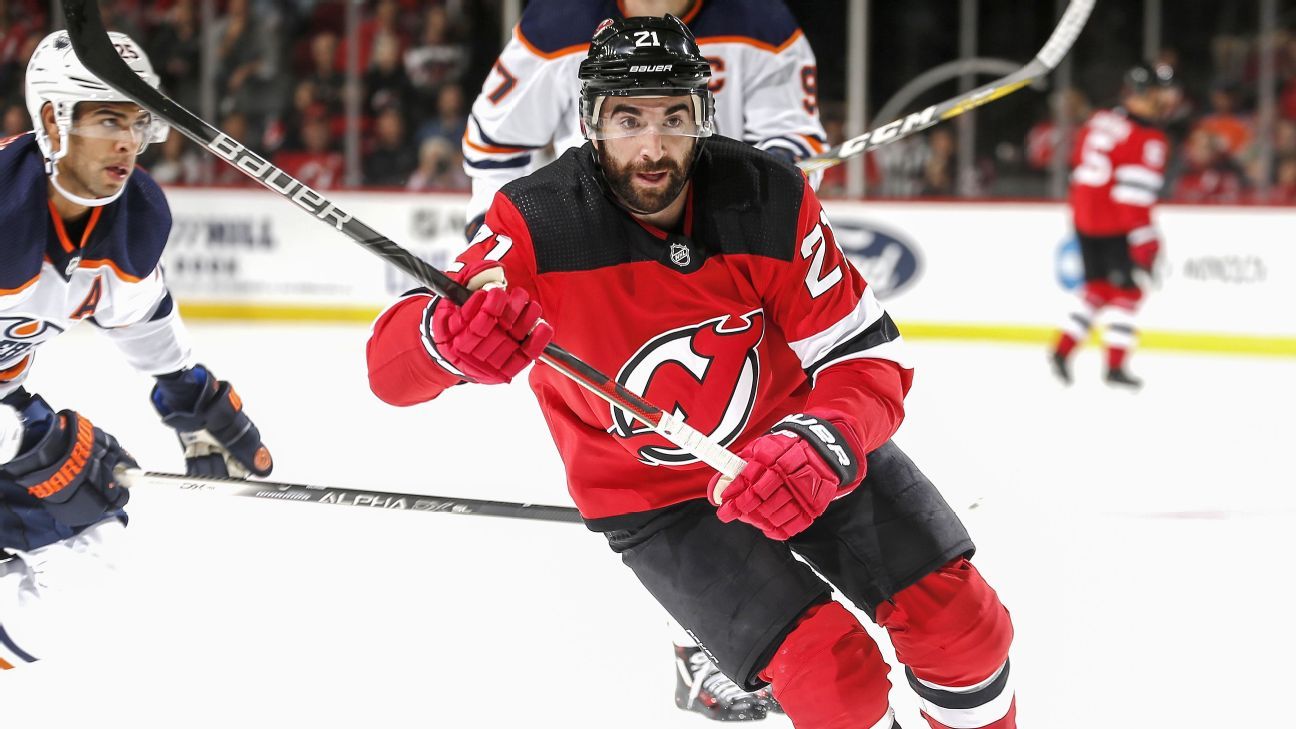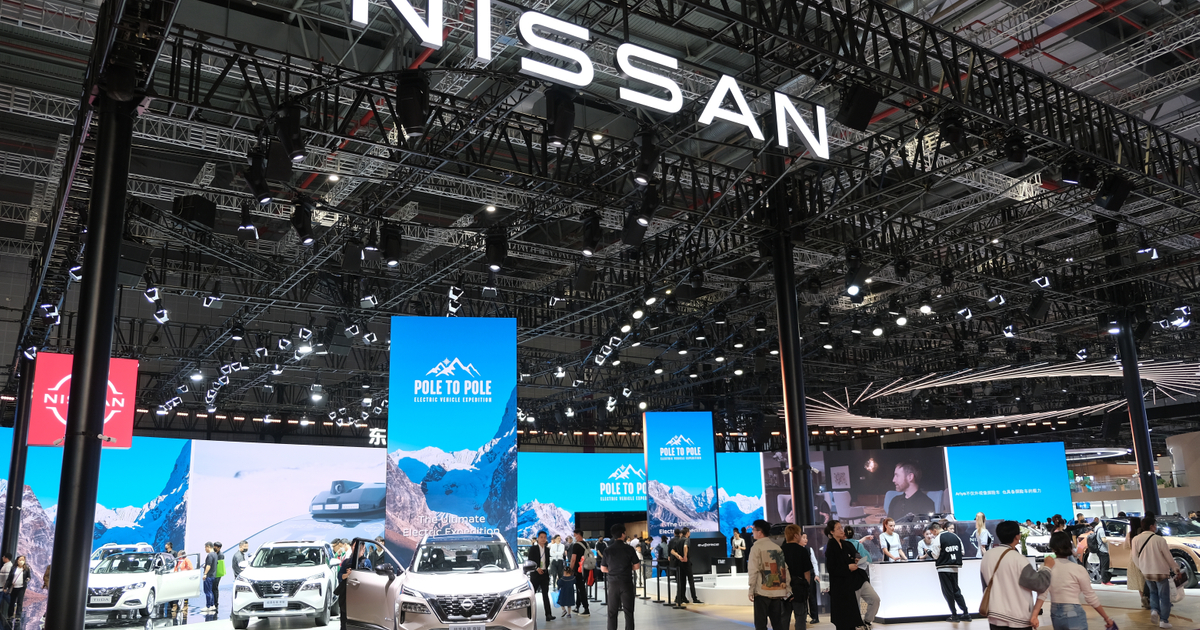High-Ticket Affiliate Marketing: How to Make Big Commissions
I’ve been in the affiliate space for over a decade and even sold an affiliate site for multiple six figures. I’ve learned a lot about what it takes to earn big commissions—and I’m going to teach you how you...

Affiliate marketing can be a lucrative career, with some high-ticket commissions in the hundreds or even thousands of dollars per sale. I’ve been in the affiliate space for over a decade and even sold an affiliate site for multiple six figures. I’ve learned a lot about what it takes to earn big commissions—and I’m going to teach you how you can do it too. Below, I discuss what high-ticket affiliate marketing is, how to find high-paying affiliate programs, and mainly how to make big commissions yourself. High-ticket affiliate marketing is the promotion of products or services with large payouts. A payout becomes “high ticket” once you get above $100 but can go as high as five figures. It’s a way for affiliate marketers to make more money from fewer sales. Compared to traditional affiliate marketing, you need far less traffic to make bigger sums of money. However, your conversion rate will also typically be much lower. High-ticket products or services include things like: We examined how much money affiliate marketers make and found that, on average, most affiliate marketers (~57%) make less than $10,000 per year. However, on the high end, 3.78% of affiliate marketers make over $150,000 per year and an additional 7.94% of affiliates make $100,000–$150,000 per year (according to a study done by the Influencer Marketing Hub). I can say that I personally have made over six figures per year from high-ticket affiliate sales, and I know several others who have done the same. The study above takes into account all affiliate income, so here are a few specific examples of high-ticket affiliates along with their income: So where to begin? Let’s dive into how to make big payouts. You can find high-ticket affiliate programs through affiliate networks like AvantLink or Impact Radius, among others. Here are some examples of high-paying affiliate programs: However, the highest-paying programs will typically be found through direct brand partnerships that aren’t necessarily advertised in a network. If you know of a high-ticket item or service that you like and want to promote, consider calling the company to discuss a partnership. Half the battle of succeeding in high-ticket affiliate marketing is finding a quality product that’s worth the high price. You need to believe in the product, which is where tip #2 comes in. It doesn’t take a genius to sell a $5 product on Amazon (not that there’s anything wrong with Amazon affiliate websites). But if you want someone to buy a product worth thousands on your recommendation, you need them to trust your advice. Trust is earned in several ways: For example, here’s the “about” page for The Wanderful, where Scott Adamson shows his face and his dog and talks a bit about his expertise (living in a van full time for five years). He also has some videos on his “about” page to show that he actually knows what “van lifers” care about and why his products and recommendations are worth listening to. Not only will these things help you sell expensive products, it will also help with Google’s recent E-E-A-T update (experience, expertise, authoritativeness, and trust). Signaling these attributes generally leads to a better chance at ranking higher in Google’s search results. Most successful affiliate marketers rely on search engines (mainly Google) to drive traffic to their websites and make conversions. And backlinks are one of the most important Google ranking factors that determine how well you rank for a given keyword. If we circle back to E-E-A-T, Gary Illyes from Google said that backlinks have a huge impact on E-A-T (the former version, excluding experience): I asked Gary about E-A-T. He said it’s largely based on links and mentions on authoritative sites. i.e. if the Washington post mentions you, that’s good. He recommended reading the sections in the QRG on E-A-T as it outlines things well.@methode #Pubcon For example, here’s a link to a high-ticket affiliate site from Forbes that signals E-E-A-T: If you don’t currently have a lot of good backlinks, here are some tactics you can use to start building more: I believe that video builds more trust than words on a page; people trust you more if they can see your face and hands-on experience. This is true across the board. You can use video to promote products on social media, improve trust on your website, and even to occupy multiple spots on the SERPs. Ahrefs has done this. Take a look at this SERP, for example: You can see that we were able to rank two pages for the keyword “learn seo”—once with our YouTube video on the topic and again with our blog post on how to learn SEO. But what about using video as an affiliate marketer? One of my favorite examples of a high-ticket affiliate marketer using video is Hobotech. He does in-depth reviews of electrical components like solar power stations and batteries. This video has received nearly half a million views. It promotes a $1,600 product with a 10% commission rate ($160 per sale): His videos aren’t the fanciest or highest-quality, and they’re long (30+ minutes). But he is very honest in his videos about what works and what doesn’t and whether or not he recommends you buy it. He goes on to explain things in layman’s terms and rigorously test the batteries, showing everything on camera with his expert feedback. He does a great job at building trust through video. As affiliate marketers, we often focus on commercial-intent keywords relating to product reviews or comparisons. However, when it comes to high-ticket items, these keywords are usually extremely competitive and difficult to rank for. Like the keyword “best health insurance,” which has a KD score of 80, according to Ahrefs’ Keywords Explorer (meaning you’ll need a lot of backlinks to rank on page #1): Compare that with the keyword “can a doctor treat a family member and bill insurance,” which only has a KD of 1 (meaning you don’t need to care about backlinks to rank on page #1): In the long run, you’ll build more trust (both with your visitors and with Google) by spreading your content across the entire marketing funnel—i.e., publishing blog posts on topics from when people start being interested to when they’re ready to make a purchase decision. This way, you’ll also likely end up with more sales over time because you’re capturing people before they get to the buying research stage, allowing you to skip the competition entirely in some cases. For example, here are keywords someone might search for at different stages in the buyer’s journey while researching kayaks: In this case, you can get your brand in front of people long before they’re thinking about buying something. Not only does this build trust, but it also allows you to get these visitors into an email funnel that guides them through the journey from awareness to purchase. Covering all your bases is especially important for high-ticket items where the competition is fierce and there are fewer potential buyers. Research suggests it takes anywhere from 28 to 62 (or sometimes even more) “touchpoints” before someone will buy a product. A touchpoint is any time someone sees a brand, whether that’s on a billboard or on your blog. The number of touchpoints can be even higher for more expensive items, since people need more convincing before they buy. Of course, not all of the touches need to be done by you. If a company invests a lot in advertising, you only need to be one of the last touchpoints before someone buys in order to make the commission. Most of these affiliate programs have a 30-day or longer cookie. But the more touches you can contribute, the more sales you’ll ultimately make. That’s why, in addition to creating content for SEO, you should also grow an email list, be active on multiple social media platforms, and even consider running retargeting ads to get people back to your content so you can be the final touch before someone buys. The “stickier” your brand is on your followers, the higher the chance you’ll make that glorious high-ticket commission. Get your visitors to follow you on multiple channels and subscribe to your email list to stay at the top of their minds. This one’s simple—don’t try to trick people into buying expensive crap that won’t benefit them. It may work in the short term, but it will ruin that trust I keep talking about. If you want a serious long-term business, only promote products you truly find useful and worth the investment. Your product may not be for everyone. And by being honest about it, you will actually build more trust and have a higher conversion rate for the people the product will truly benefit. One of my favorite things about Hobotech, whom I mentioned before, is that he will actually tell you NOT to buy the product he’s promoting or reviewing if it’s not a good fit for you. Take this video, for example. He mentions who it’s good for and who shouldn’t buy it: Seeing something in action can make it easier to understand, so here are three affiliate marketing examples of high-earning businesses: Marques Brownlee (MKBHD) started 14 years ago as a kid doing YouTube videos reviewing computers. Since then, he’s grown his channel to over 16 million subscribers—still doing reviews of tech. He now gets both affiliate deals and sponsorships by reviewing phones, computers, camera gear, VR, and so much more. He’s even had some big names on his channel like Mark Zuckerberg and Elon Musk. Most of the gear he reviews are hundreds if not thousands of dollars. And people love him because he actually uses all the products on camera and talks about whether it’s truly worth buying or not. He’s spent years building that trust with his audience. One thing he does that I particularly like is including a link to the gear he’s using to film his videos in the description of every YouTube video he posts: Simply Insurance is exactly what it sounds like—a website about insurance. Due to the high payouts that insurance companies are willing to pay for potential customers, it can be lucrative. One of the things that make it unique is that it built custom landing pages for virtually every type of insurance you can buy, with each having high conversion rates: Building custom landing pages like this and sending your visitors to these pages can be a great way to streamline the process and make more sales. BTOD is a blog that reviews expensive computer chairs and electric office desks. Its review posts include extensive details, self-taken photos proving it owns and has tested the products, as well as multiple videos of each product in action. For example, its review of the Herman Miller Aeron (a $1,400 office chair) includes the following video review: High-ticket affiliate marketing is a great way of making more money from fewer sales. If you can find a niche you like that contains expensive products, it can be a lucrative career path. Just remember to be honest, build trust with your followers, and try to showcase yourself actually using and reviewing the products through videos.
BlogIncomeHigh-ticket products it promotes SmartPassiveIncome $3 million+ annually (source) ConvertKit and other web software Making Sense of Cents $1.5 million+ annually (source) Bluehost (accounted for over $30,000 per month) A Modern Homestead $120,000+ annually (source) Home freeze dryer from Harvest Right The Shabby Creek Cottage $25,000+ per month (source) Travel software like Tripadvisor 1. Find a high-ticket affiliate program to promote
2. Focus on building trust and authority

3. Build quality backlinks to signal E-E-A-T and rank higher
 Screenshot taken from the Backlinks report in Ahrefs’ Site Explorer.
Screenshot taken from the Backlinks report in Ahrefs’ Site Explorer.4. Invest in video

5. Capture people at different stages of the funnel



6. Only promote quality products
7. Don’t be afraid to tell people not to buy
1. Marques Brownlee

2. Simply Insurance

3. BTOD
Final thoughts

 KickT
KickT 







